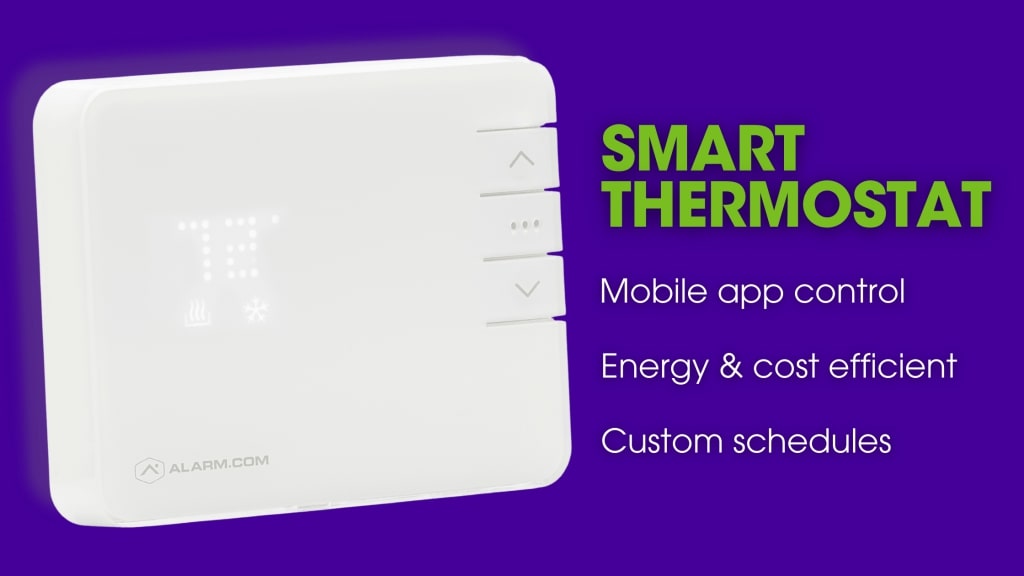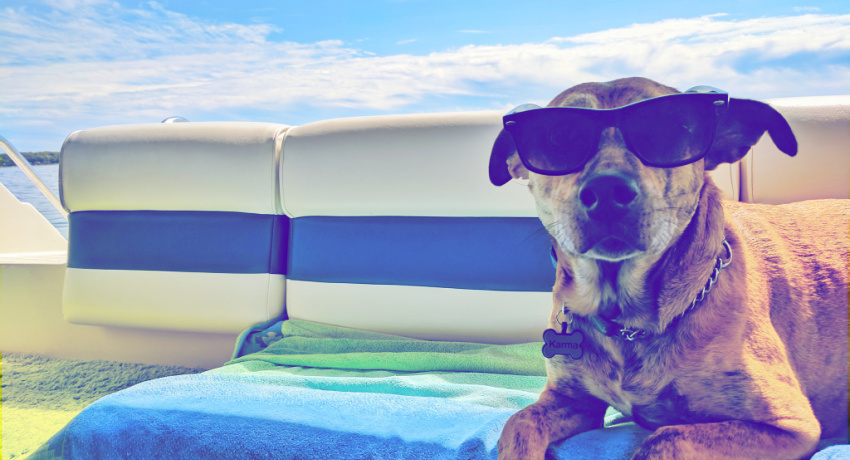Summertime is arguably the best time of the year. The sun is shining, kids are out of school, and the vacations that we’ve been looking forward to all year long are finally here. What’s not to love?
What a lot of people don’t know is that extreme heat is the most dangerous type of “severe” weather event in the U.S. — even more dangerous than hurricanes, lightning, tornadoes, earthquakes, and floods. Crazy, right? Needless to say, it’s important to be cautious on days when the sun is working overtime.
Aim for mornings or evenings
During summer, the time between noon and 4:30 PM is when the temperature peaks. Try to limit outdoor activities to the morning or evening hours when it’s a bit cooler. If you absolutely have to be outside, find a shaded spot and make sure to take frequent breaks. And trust us – you’ll want to keep your sunscreen handy!
Water is your best friend
In extreme heat, it’s extremely important to stay hydrated. Don’t wait until you feel thirsty to drink water. Try to avoid caffeine, alcohol, or sugary drinks while out in the sun as they can make you even more dehydrated.
Stay cool
A good rule of thumb: when indoor temperatures are hotter than your body temperature (97°F-99°F), using a fan can be more harmful than helpful because fans don’t actually cool the air. For a fan to cool you down, the air flowing must be cooler than your body temperature, so air-conditioning is the best way to stay safe and cool.
If air-conditioning is not available, spend a couple of hours in an air-conditioned place, such as a shopping mall, a restaurant, or an air-conditioned home of a family member or friend.
Did you know smart thermostats can help you beat the heat, conserve energy, and save money? Learn more about smart home temperature control with Guardian smart thermostats.

Don’t forget your furry friend
If you’re overheated, your dog or cat is too. It’s important to make sure that your pets have access to plenty of cool water and shady spots for them to cool down.
More tips to consider
While the temperature is completely out of your hands, there are still a few more things you can do to prevent heat-related illnesses:
- Close the windows and cover them with blinds and/or curtains
- Take a cool shower
- Wear light, loose clothing
- Limit strenuous physical activity such as yardwork or exercising outdoors
- Avoid using your stove/oven
Higher risk in high temperatures
Some people are at higher risk for heat-related illnesses than others:
- Adults over 65 years old
- Children under 4 years old
- People of any age with existing and chronic health issues or who are dependent on others for daily care
- People without air-conditioning
- People who live in upper-level or top floor apartments (heat rises!)
If you don’t fall into these categories but know someone who does, keep an eye on them and check in when you can. They may have a tougher time staying cool because of their age, weight, and even certain medications that they are taking.

Heat-related illnesses: Know the signs
Your body typically cools itself off by sweating, but that’s not always enough. When the heat becomes too much to handle, it’s extremely important that you recognize the warning signs of heat-related illnesses. Heat cramps, heat exhaustion, and heat stroke are three of the most serious heat-related illnesses.
Heat cramps: involuntary, painful muscle cramps and/or spasms that occur during strenuous activity or exercise in hot weather. They usually occur in the abdomen, thighs, calves, or shoulders.
Heat exhaustion: This occurs when your body isn’t able to function normally due to the loss of bodily fluids. Signs of heat exhaustion include dizziness, heavy sweating, weakness, headache, and cold/clammy skin.
Heat stroke: This happens your body temperature reaches 103°F or higher due to extreme heat. Heatstroke is a life-threatening emergency and it’s important that you seek medical attention immediately. Symptoms of heatstroke include headache, nausea, confusion, loss of consciousness, and hot, red, dry or damp skin.
If you suspect someone may be experiencing any heat-related illness or symptoms, get medical help right away.
Relax and enjoy the sunshine, but be sure to stay smart and safe when the sun won’t let up.
Want more summer safety tips? Find out how to help prevent crime in the summertime.

